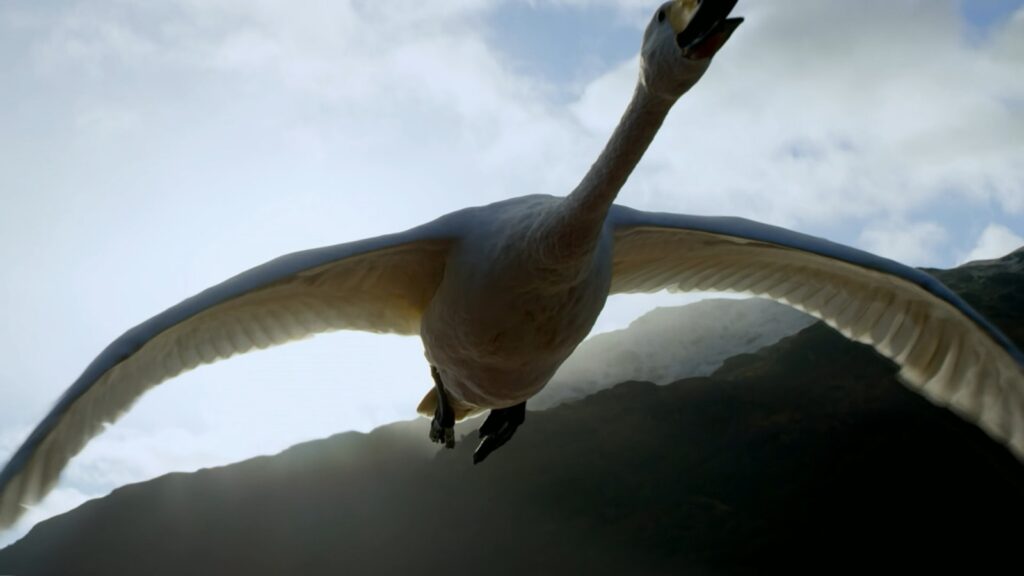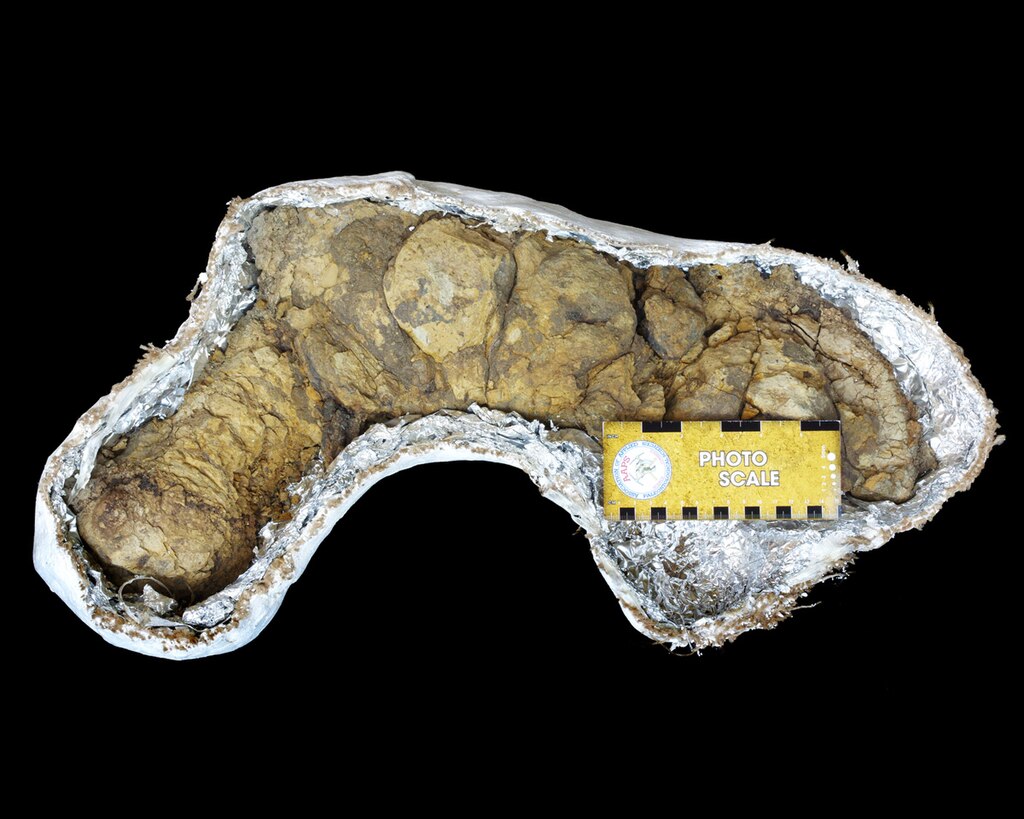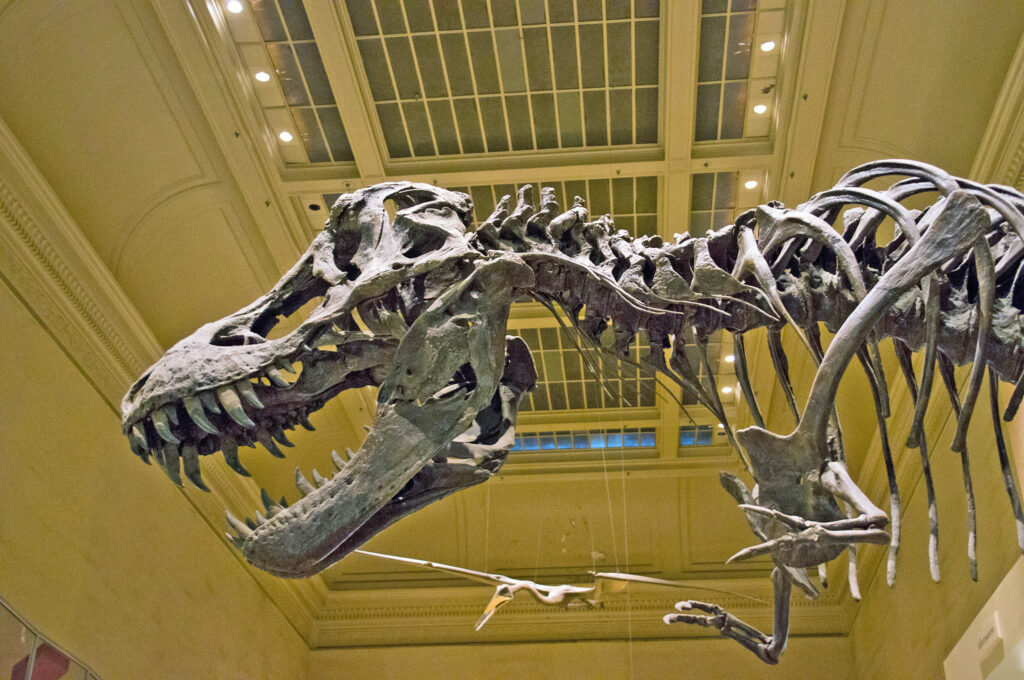Imagine standing in a prehistoric forest 150 million years ago, watching a feathered creature leap from branch to branch, its arms stretched wide as it glides through the ancient air. This wasn’t a bird as we know it today, but something far more extraordinary – a dinosaur taking its first tentative steps toward conquering the skies. The story of how these massive, earth-bound reptiles transformed into the graceful fliers we see today is one of evolution’s most remarkable achievements, filled with surprising discoveries that continue to reshape our understanding of life on Earth.
The First Feathered Dinosaurs That Changed Everything
The discovery of Sinosauropteryx in 1996 sent shockwaves through the paleontological world. This small, fuzzy dinosaur from China bore primitive feathers that looked nothing like the flight feathers we see on modern birds. Instead, these early feathers resembled downy hair, serving as insulation rather than tools for flight.
What made this discovery so revolutionary wasn’t just the presence of feathers on a dinosaur, but what it revealed about the timeline of feather evolution. Scientists had long assumed that feathers evolved specifically for flight, but Sinosauropteryx proved that feathers came first, and flight came later. This dinosaur couldn’t fly at all – it was a ground-dwelling predator that used its feathery coat to stay warm.
Why Feathers Evolved Before Flight Ever Happened
The original purpose of feathers had nothing to do with soaring through the skies. Early feathers served multiple practical functions that gave their owners significant survival advantages. Temperature regulation was crucial during the fluctuating climates of the Mesozoic era, and these primitive feathers worked like a natural thermostat.
Display and communication also played vital roles in feather evolution. Just like peacocks today use their magnificent plumage to attract mates, early feathered dinosaurs likely used colorful patterns and elaborate feather arrangements for courtship rituals. Some fossils even preserve evidence of iridescent feathers that would have shimmered in the ancient sunlight, creating dazzling displays of prehistoric beauty.
Archaeopteryx: The Missing Link That Almost Wasn’t
When the first Archaeopteryx fossil was discovered in 1861, it caused an immediate sensation. Here was a creature that seemed to bridge the gap between reptiles and birds, with teeth like a dinosaur but feathers like a bird. Its discovery came just two years after Darwin published “On the Origin of Species,” providing perfect timing for evolutionary theory.
However, Archaeopteryx wasn’t the perfect flier that early scientists imagined. Recent studies suggest it was more of a glider than an active flier, using its feathered wings to leap between trees and escape predators. Its brain structure shows it lacked the sophisticated neural pathways needed for the complex flight maneuvers that modern birds perform effortlessly.
The Surprising Variety of Early Bird-Like Dinosaurs
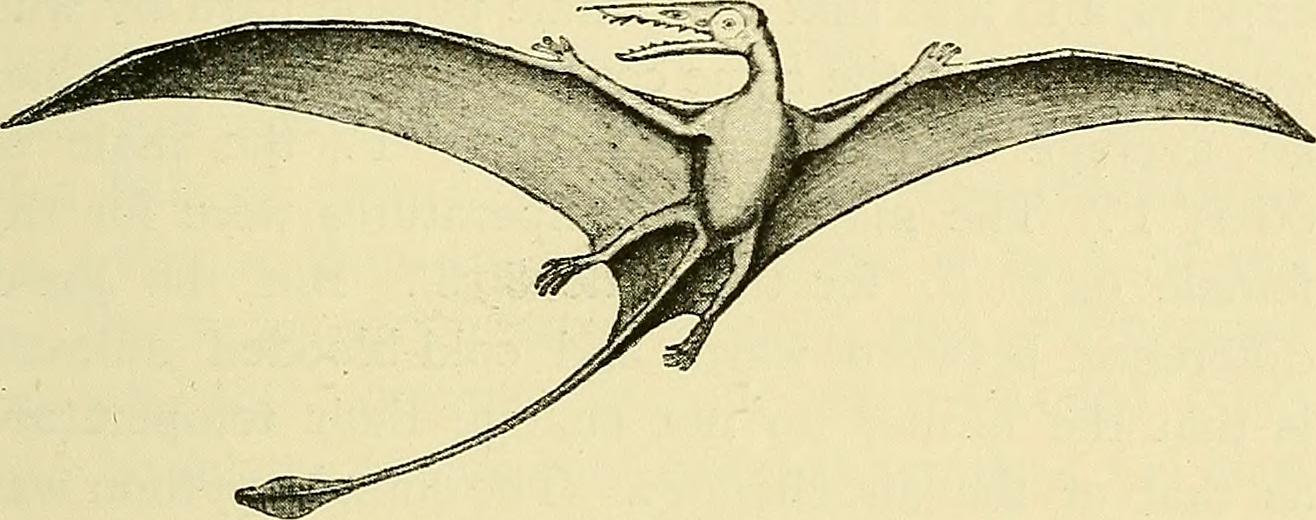
The fossil record reveals an astonishing diversity of feathered dinosaurs that experimented with different approaches to aerial locomotion. Microraptor, a four-winged dinosaur from China, had long flight feathers on both its arms and legs, creating a unique gliding configuration that resembled a biplane more than a modern bird.
Anchiornis represents another fascinating experiment in early flight. This crow-sized dinosaur had striking black and white plumage, determined through analysis of fossilized melanosomes – the cellular structures that contain pigment. Its wing structure suggests it could glide but probably couldn’t achieve powered flight, making it another stepping stone in the long journey from ground to sky.
How Hollow Bones Made Flight Possible
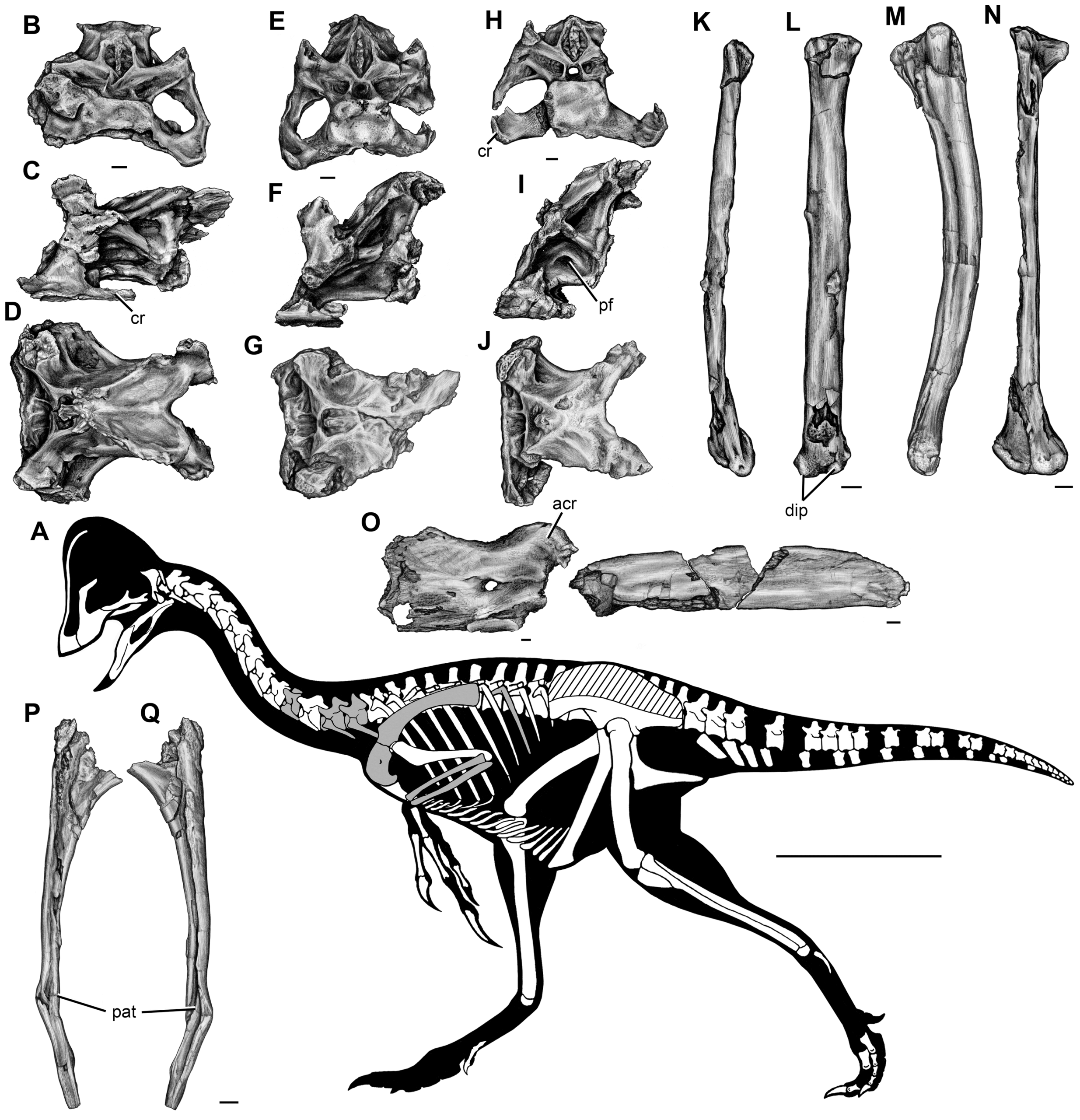
One of the most crucial adaptations for flight was the development of pneumatic bones – hollow structures filled with air spaces. This innovation dramatically reduced body weight while maintaining structural strength, solving one of flight’s fundamental engineering challenges. Modern birds have taken this adaptation to remarkable extremes, with some species having bones that are lighter than their feathers.
The evolutionary timeline of hollow bones is particularly fascinating because it began long before dinosaurs could fly. Many theropod dinosaurs, including massive predators like Allosaurus, had pneumatic bones in their vertebrae and skull. This suggests that the bone structure necessary for flight was already in place millions of years before the first dinosaur left the ground, waiting for other adaptations to catch up.
The Revolutionary Discovery of Powered Flight
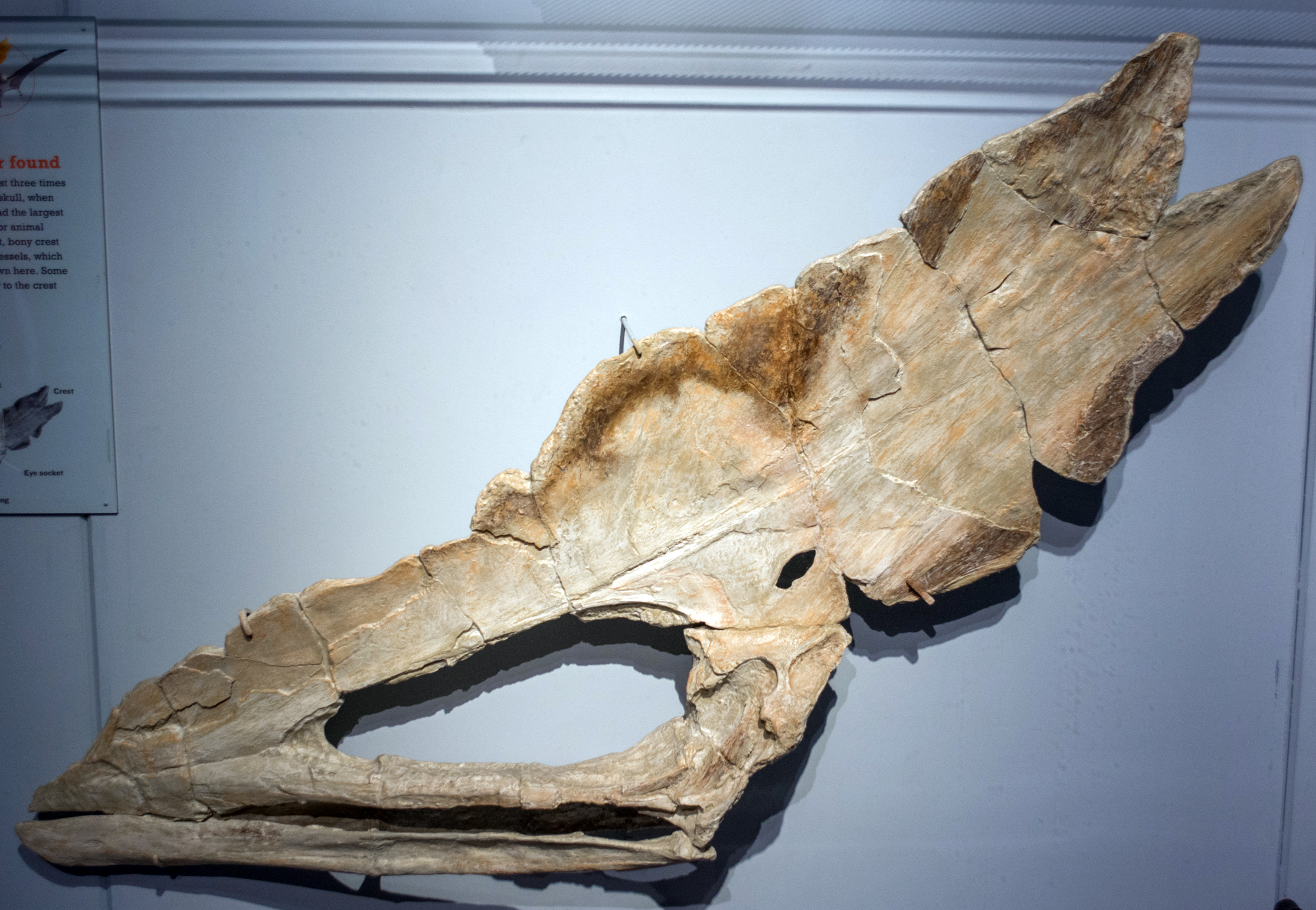
The transition from gliding to powered flight represents one of evolution’s most significant breakthroughs. This leap required the development of powerful flight muscles, particularly the pectoralis major, which provides the downstroke power that generates lift. The breast bone had to evolve a prominent keel to anchor these massive muscles, fundamentally changing the body plan of flying dinosaurs.
Evidence suggests that this transition happened relatively quickly in evolutionary terms, possibly within just a few million years. The selective pressure for better aerial capability was intense – those who could fly had access to new food sources, could escape ground-based predators more effectively, and could travel vast distances to find suitable habitats.
Why Some Dinosaurs Gave Up Flight Forever
Not all bird-like dinosaurs continued down the path toward better flight capabilities. Several lineages actually evolved in the opposite direction, becoming larger and losing their ability to fly. The dromaeosaurids, which include Velociraptor, likely descended from flying ancestors but returned to a purely terrestrial lifestyle as effective ground-based predators.
Ground-dwelling offered certain advantages that flight couldn’t match. Larger body size meant these dinosaurs could take down bigger prey and dominate their ecosystems. Flight requires enormous energy expenditure, and for some species, the trade-off simply wasn’t worth it when terrestrial hunting proved more efficient and rewarding.
The Great Dying That Almost Ended Everything
The end-Cretaceous extinction event 66 million years ago marked a turning point in the dinosaur-to-bird evolutionary story. The asteroid impact that ended the age of dinosaurs created a bottleneck that only certain types of flying dinosaurs could survive. Ground-dwelling dinosaurs, regardless of size, largely perished in the aftermath.
Small, flying dinosaurs had crucial advantages during this catastrophic period. Their ability to travel long distances meant they could search for food and suitable habitat as ecosystems collapsed. Their smaller size also meant they required less food to survive, allowing them to weather the harsh post-impact environment that larger dinosaurs simply couldn’t endure.
Modern Birds: Living Dinosaurs in Disguise
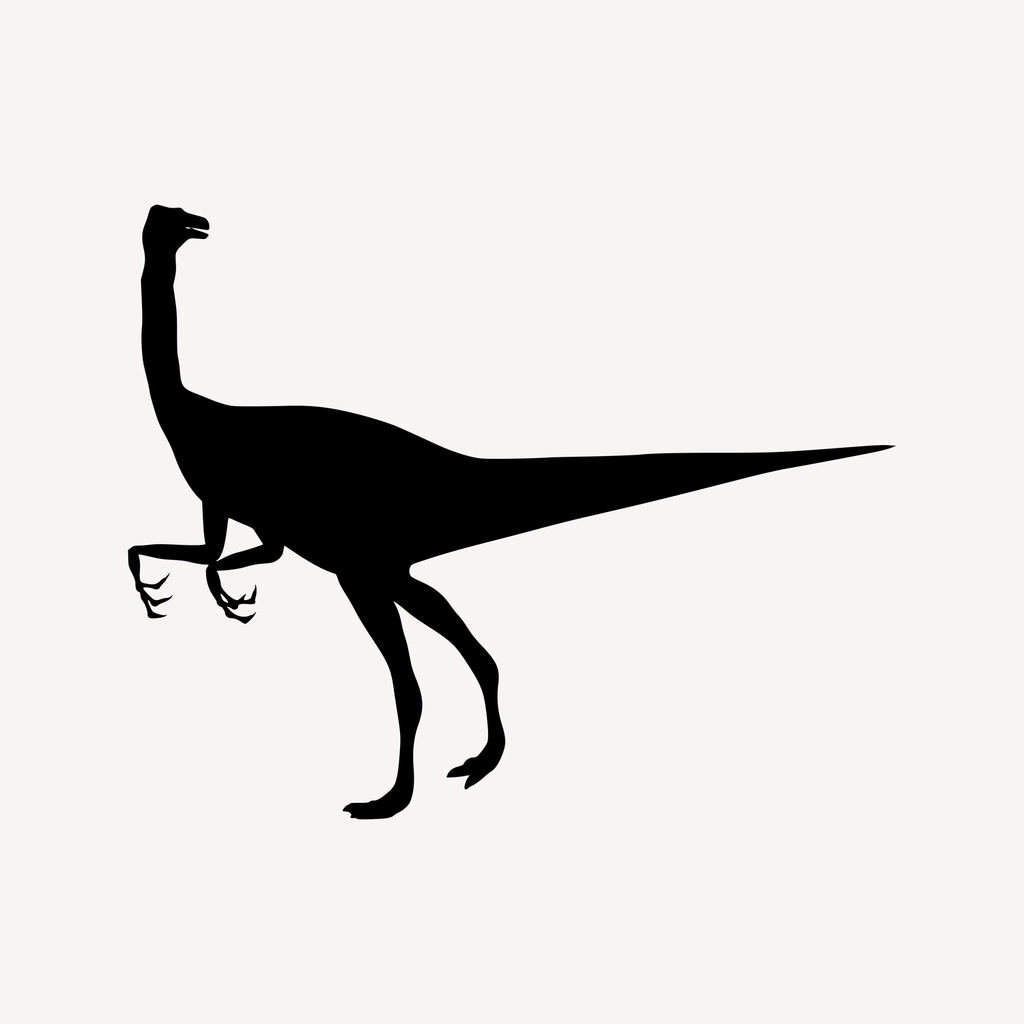
Every bird you see today is literally a living dinosaur, carrying the genetic legacy of their ancient ancestors. The family tree is direct and unbroken – birds didn’t evolve from dinosaurs, they are dinosaurs. This relationship is so close that paleontologists now classify birds as avian dinosaurs, while traditional dinosaurs are called non-avian dinosaurs.
The evidence for this connection goes beyond just fossils. Modern bird development shows clear dinosaurian features during embryonic stages, including temporary teeth and long tails that later disappear. Even bird behavior echoes their prehistoric heritage – the way chickens scratch at the ground mirrors the hunting behavior of their raptor ancestors, and the elaborate mating displays of birds directly parallel what we see in dinosaur fossils.
Feather Evolution: From Fuzz to Flight Perfection
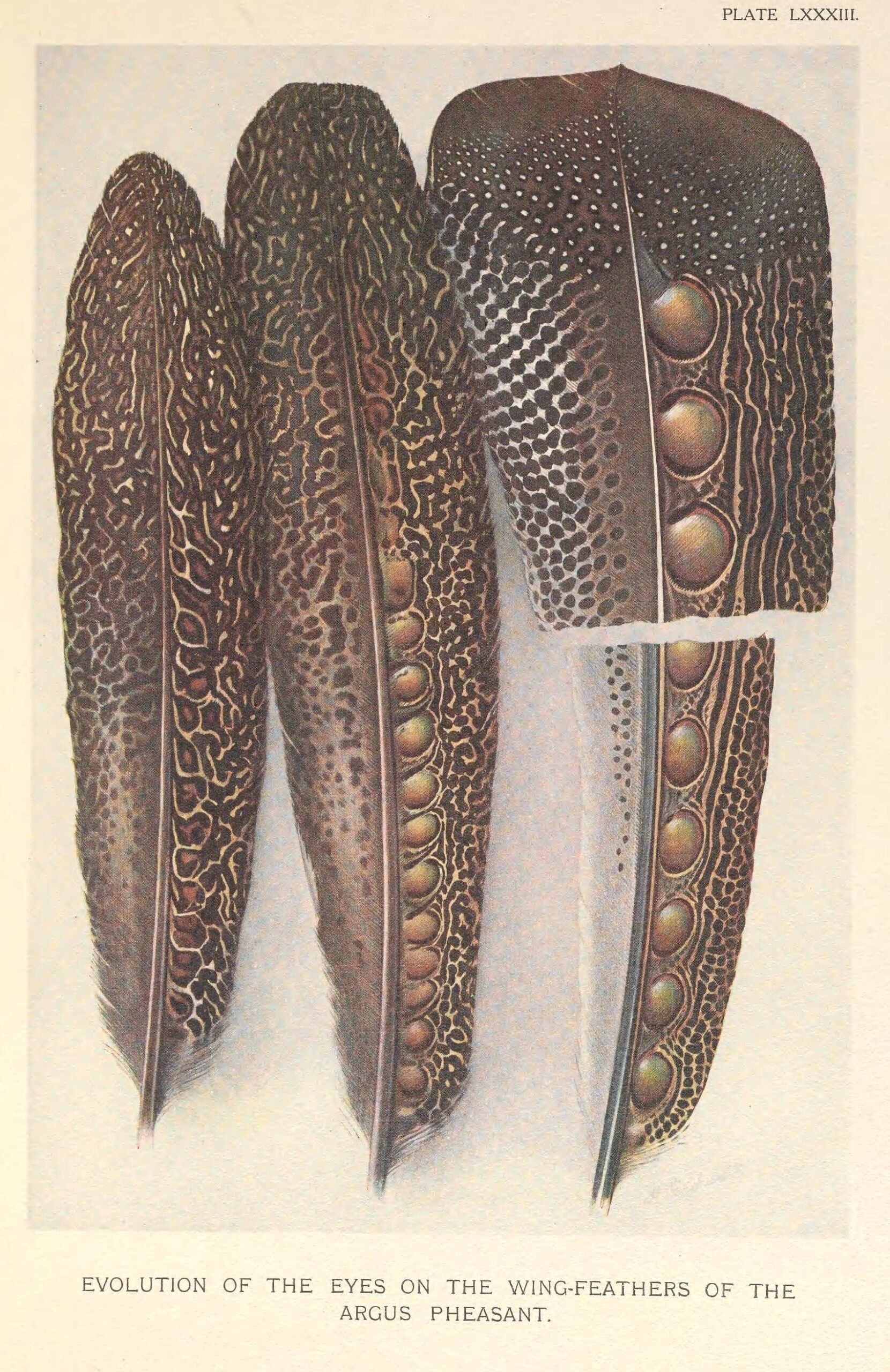
The evolution of feathers represents a masterclass in how complex structures develop through gradual modification. Early feathers were simple, hair-like structures called protofeathers. Over millions of years, these evolved into increasingly sophisticated designs, eventually producing the asymmetrical flight feathers that make modern bird flight possible.
The asymmetrical shape of flight feathers is particularly ingenious – the narrow leading edge cuts through air efficiently, while the broader trailing edge provides lift. This design didn’t appear overnight but developed through countless small modifications, each providing slightly better aerodynamic performance. The fossil record beautifully documents this progression, showing feathers becoming more complex and specialized over time.
Brain Power: The Neural Evolution of Flight
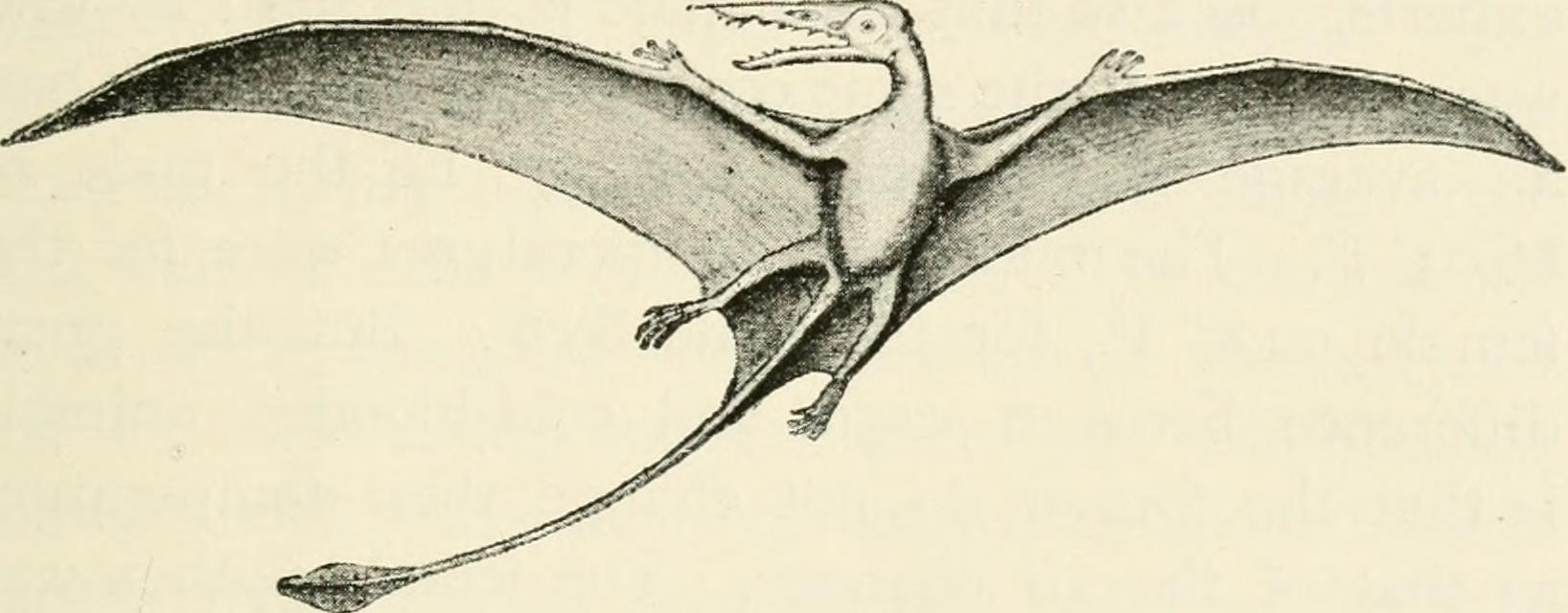
Flying requires extraordinary brain power that most people never consider. Birds must process visual information at incredible speeds, maintain three-dimensional spatial awareness, and coordinate complex muscle movements – all while navigating through an environment where a single mistake could be fatal. The evolution of these neural capabilities represents one of the most sophisticated developments in the dinosaur-to-bird transition.
The avian brain shows remarkable specializations that distinguish it from other reptilian brains. The cerebellum, responsible for balance and coordination, is proportionally enormous in flying birds. The optic lobes are also highly developed, reflecting the critical importance of vision in aerial navigation. These brain modifications required significant evolutionary investment but provided the cognitive foundation that made complex flight behaviors possible.
Breathing Like a Bird: The Secret of High-Altitude Flight
Bird respiratory systems represent an engineering marvel that puts mammalian lungs to shame. Unlike mammals, who breathe in and out through the same passages, birds have a unidirectional airflow system that extracts oxygen more efficiently. This system allows birds to fly at altitudes where mammals would quickly lose consciousness from oxygen deprivation.
This respiratory innovation likely evolved long before flight itself, appearing first in theropod dinosaurs as an adaptation to their active lifestyle. The system uses air sacs throughout the body that act like bellows, maintaining constant airflow through the lungs. When these dinosaurs eventually took to the air, they already possessed the respiratory equipment needed for sustained, high-energy flight.
The Survivors: What Made Some Dinosaurs Special
The dinosaurs that survived the mass extinction and evolved into modern birds shared several key characteristics that distinguished them from their doomed relatives. Small body size was crucial – no surviving dinosaur was larger than about 1 kilogram at the time of the extinction. This size constraint wasn’t coincidental but reflected the harsh realities of post-apocalyptic survival.
Dietary flexibility also played a vital role in survival. The dinosaurs that made it through the extinction were generalists who could eat seeds, insects, small animals, and plant material. Specialists who depended on specific food sources that disappeared during the extinction event had no evolutionary backup plan. The survivors were the ultimate opportunists, able to adapt their diet to whatever the devastated world could provide.
Colors of the Ancient Sky: Reconstructing Prehistoric Plumage
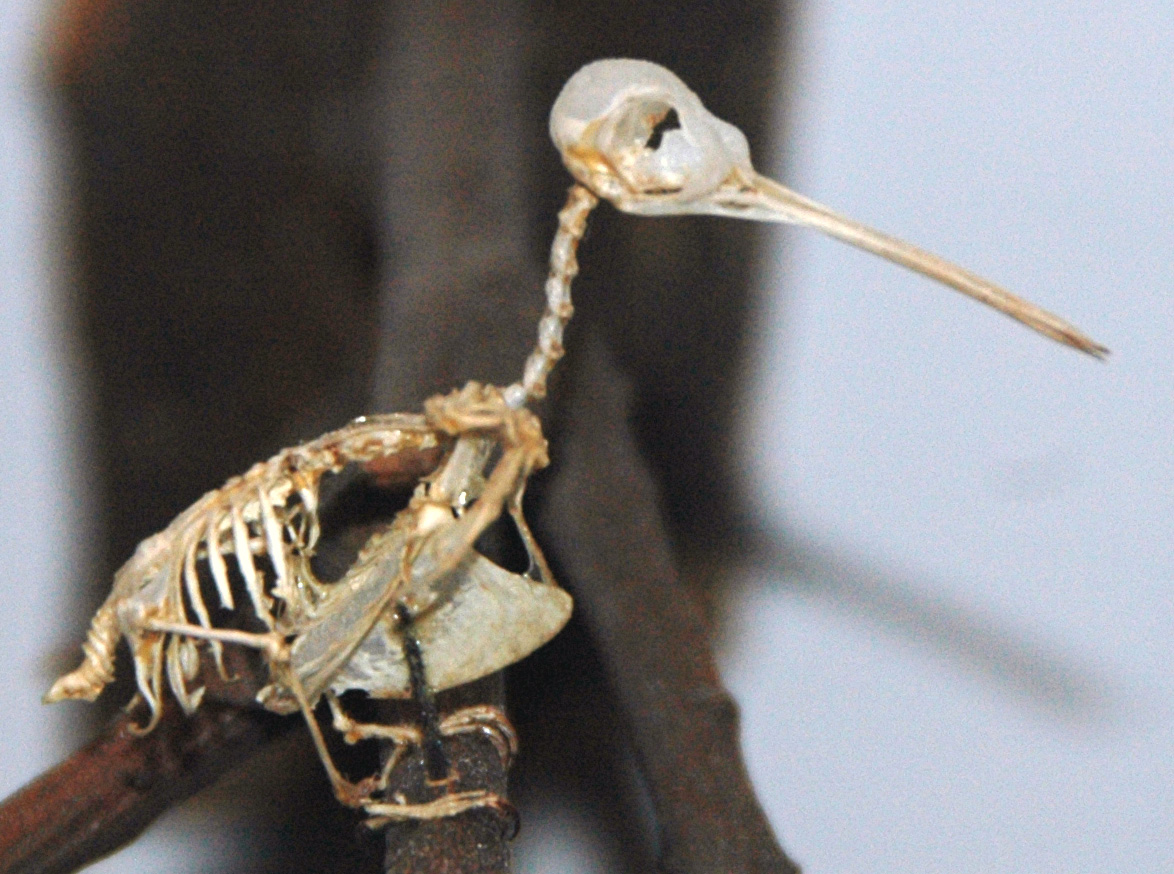
Recent scientific breakthroughs have allowed researchers to determine the actual colors of extinct feathered dinosaurs, bringing these ancient creatures to life in ways previously impossible. By analyzing fossilized melanosomes – microscopic structures that contain pigments – scientists can reconstruct the brilliant colors that once adorned prehistoric skies.
These color reconstructions reveal that early flying dinosaurs weren’t drab brown creatures but vibrant animals with iridescent blacks, brilliant reds, and striking patterns. Borealopelta, though not a flying dinosaur, showed countershading – darker colors on top and lighter underneath – the same camouflage pattern used by many modern animals. This suggests that even in the age of dinosaurs, the same evolutionary pressures that shape animal coloration today were already at work.
The Modern Legacy: What Dinosaurs Taught Today’s Birds
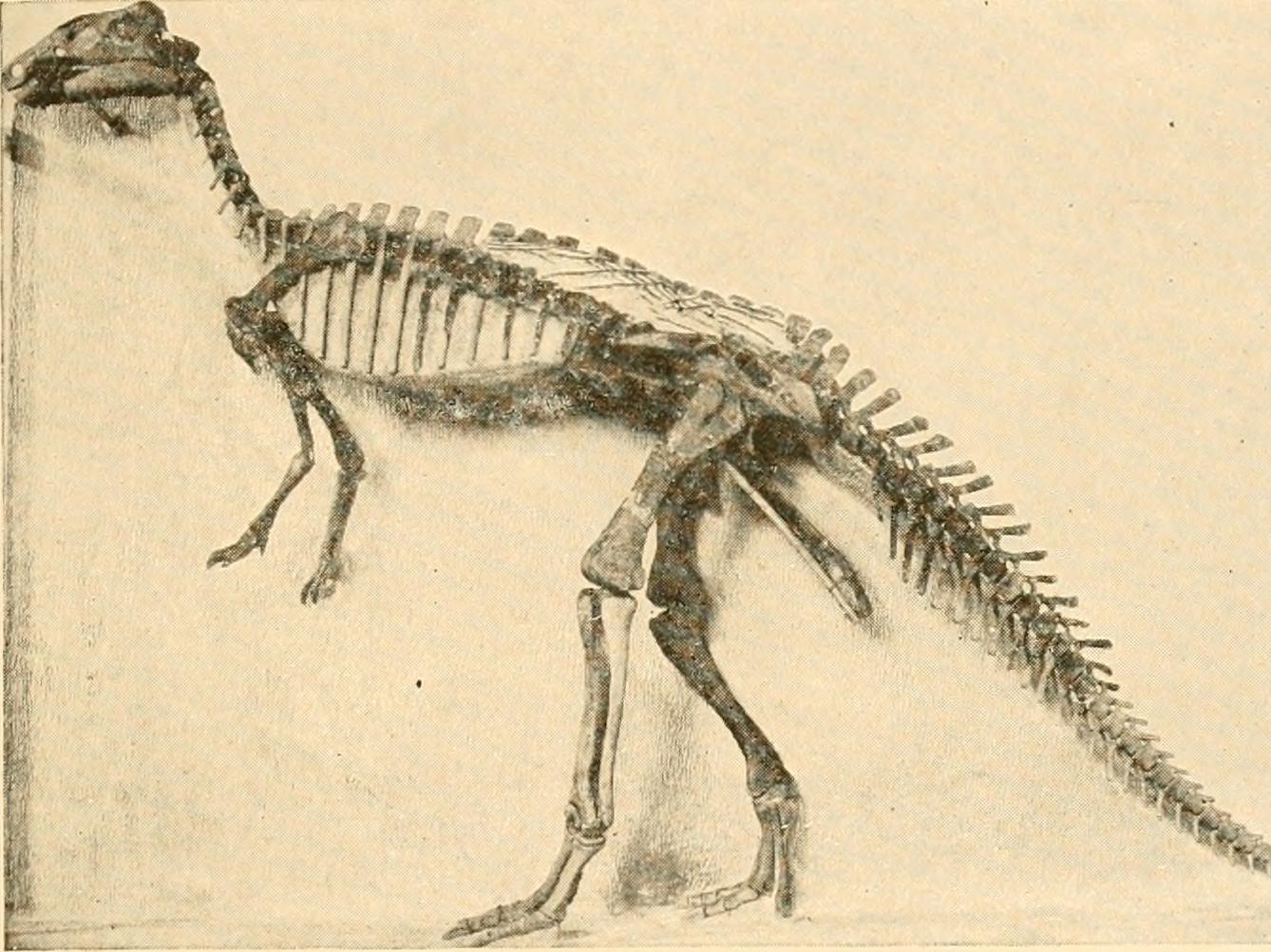
The evolutionary journey from ground-dwelling theropods to modern birds left an indelible mark on avian biology that persists today. Many bird behaviors directly trace back to their dinosaurian heritage, from the way they build nests to their complex social hierarchies. Even something as simple as the way a robin cocks its head to listen for worms mirrors the hunting posture of small theropod dinosaurs.
Perhaps most remarkably, the incredible diversity of modern birds – from tiny hummingbirds to massive eagles – all stems from the small group of flying dinosaurs that survived the great extinction. In just 66 million years, these survivors have diversified into over 10,000 species, making birds the most diverse group of land vertebrates on Earth. Their success story proves that sometimes the smallest survivors can inherit the biggest victories.
The transformation of dinosaurs into birds represents one of evolution’s most spectacular success stories, a journey that took over 100 million years and involved countless innovations, adaptations, and near-extinctions. From the first fuzzy feathers that simply kept small dinosaurs warm to the sophisticated flight apparatus of modern birds, this evolutionary epic demonstrates nature’s incredible ability to transform and adapt. Every time you watch a bird soar overhead, you’re witnessing the continuation of a story that began in the Jurassic forests, survived the apocalypse that ended the age of dinosaurs, and continues to write new chapters in our modern world. What other seemingly impossible transformations might evolution have in store for the future?

